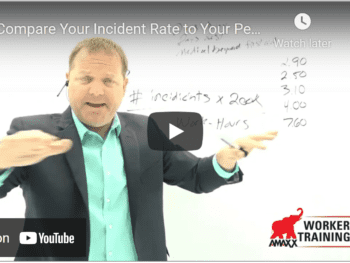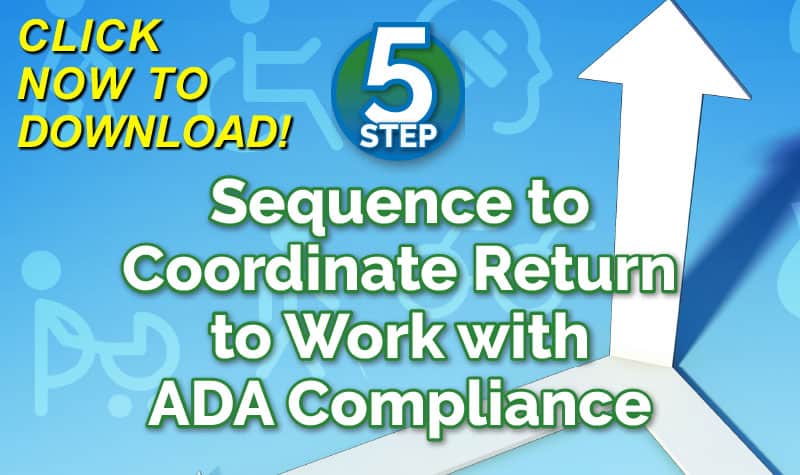The U.S. Department of Labor’s Mine Safety and Health Administration (MSHA) has announced a multifaceted, comprehensive strategy to end new cases of black lung among the nation’s coal miners.
Black lung is a collection of debilitating and potentially fatal diseases from respirable coal mine dust exposure. These diseases have been on the rise in recent years. MSHA’s initiative to curb black lung will include focused enforcement, targeted education and training, rulemaking and collaboration with stakeholders.
“While considerable progress has been made in reducing miners’ exposure to respirable coal mine dust, miners continue to develop black lung and silicosis,” said Joseph Main, assistant labor secretary for mine safety and health. “Having a comprehensive strategy is essential to tackle the occurrence of this highly preventable condition.
Based on recent data from the National Institute for Occupational Safety and Health (NIOSH), cases of black lung are increasing among the nation’s coal miners. Even younger miners are showing evidence of advanced and debilitating lung disease from excessive dust exposure.
According to the Centers for Disease Control, more than 10,000 miners have died from black lung over the last decade. The federal government has paid out more than $44 billion in compensation for miners totally disabled by black lung since 1970, according to the Labor Department’s Office of Workers’ Compensation Programs.
MSHA will hold a number of public informational events in coalfield communities. These events will take place Dec. 7 in Washington, Pa.; Dec. 10 in Lebanon, Va.; and Dec. 11 in Frankfort, Ky.
MSHA is disseminating new materials on a variety of dust-related topics, including black lung, controlling respirable dust, on-shift examinations, and controlling exposure to coal mine dust containing quartz and exposure at surface mine facilities. MSHA also will post additional reports, educational materials and resources on its “End Black Lung” Web page at http://www.msha.gov.
MSHA’s outreach efforts include a series of regional one-day workshops jointly sponsored with NIOSH. “Best Practices for Controlling Respirable Dust in Coal Mines” will bring together groups of dust control experts to share their knowledge and experience on practical dust control tools and techniques to prevent disabling occupational lung disease in coal miners. The first workshop was held at the Mine Health and Safety Academy last month. Others are scheduled for March 2010 in Birmingham, Ala.; April 2010 in Evansville, Ind.; and June 2010 in Grand Junction, Colo.
During the week of Dec. 7, MSHA will initiate its Dust Sweep, when every coal mine inspector will dedicate a part of each inspection to health-related activities and apply the lessons learned during the “Special Dust Emphasis Inspection Program” that took place earlier this year. (workersxzcompxzkit)
Based on these lessons learned, MSHA will review the quality of dust controls stipulated in approved ventilation plans – focusing on the primacy of engineering controls – and evaluate respirable dust practices during regular inspections. MSHA training specialists will monitor the quality of training provided by industry personnel on the risks of black lung and silicosis to miners and prevention methods.
Author Robert Elliott, executive vice president, can be reached at: Robert_Elliott@ReduceYourWorkersComp.com or 860-553-6604.
“FRAUD PREVENTION” TO DOWNLOAD FREE AUDIO PODCAST click here: http://www.workerscompkit.com/gallagher/mp3
By: Anthony Van Gorp, private investigator with 25 years experience.
TD Calculator: www.ReduceYourWorkersComp.com/transitional-duty-cost-calculator.php
WC Calculator: http://www.reduceyourworkerscomp.com/calculator.php
Do not use this information without independent verification. All state laws vary. You should consult with your insurance broker about workers’ comp issues.
©2009 Amaxx Risk Solutions, Inc. All rights reserved under International Copyright Law. If you would like permission to reprint this material, contact Info@WorkersCompKit.com

















